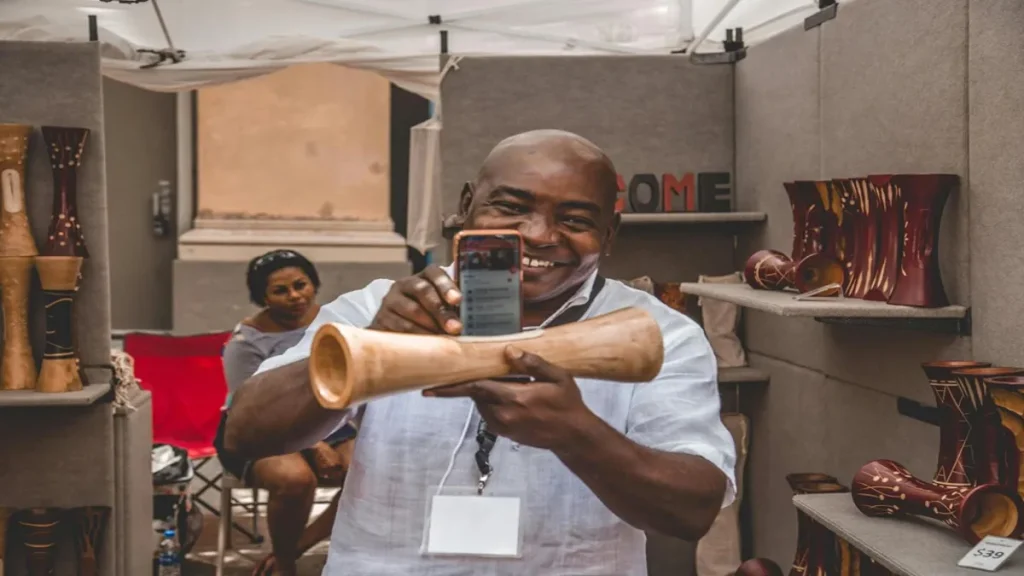These days, anyone with a phone and an internet connection can basically become their own media outlet; the barriers are so minimal now. Remember back in the day when going live would require a fancy production company and hours of hard work? Yeah, this is not the case anymore. Social media helped people skip all that; today, anybody can post stuff, share ideas, and build an audience. It’s a wild time; however, it is important to discuss the problems that it entails.
Publishing from Your Couch
It’s tough to ignore how much things have changed. A person on TikTok can get more eyes on their video than a small TV commercial could’ve gathered twenty years ago. Bloggers and vloggers can become trusted experts in a specific field. The shift is undeniable: creativity is now decentralized and much more accessible; you should take note and take advantage; now everybody can be a star.
This explosion of amateur content is great in many ways. Different voices are being heard; people can find communities that are super specific and niche. The flip side is that it is hard to cut through noise; the increase in quantity directly damages the quality of average posted content. Everybody wants to be heard, but only the loudest and most influential ones on the stage are heard.
Information Overload. Real and Fake. What?
When literally everyone can publish, figuring out what’s real and what’s not gets hard. A big challenge is learning to tell apart real news from the fake stuff made to grab attention. In simpler times, you trusted the usual news companies. However, now there is so much content that it is nearly impossible to find the honest sources, leading audiences often to trust what their favorite influencer recommends.
Algorithms push what’s popular. Bots and fake accounts are being programmed to make certain content seem more well-received than it actually is; one of the most popular applications of this is that people buy Instagram followers to look popular, hoping to appear more authentic and reach a wider demographic.
Monetizing Creativity is Hard
So, all these content creators, now publishers, how do they even get paid? It’s a mix. A lot of people try ads, where companies pay creators to show their stuff to the creators’ audience. Others go for sponsorships, which means a brand pays them to mention their product organically (or not so organically sometimes!). This becomes more difficult when someone’s already struggling.
Then you have subscription services, sites like Patreon, where fans pay creators directly. It’s cool if you already have a big following, but for smaller creators, it’s super hard and it is difficult to stand out. The world that seems so equal really is still pretty difficult, especially when trying to make it something more than a cool hobby to brag about.
Building Community Matters. Why?
A super important aspect is connecting with the audience. Responding to comments, asking people what type of videos they want to see, and involving audiences gives people a reason to keep coming back. This will result in brand growth and monetization. You need to be authentic, though; people can quickly see who is honest and not.
There are several tools online that actually help the audience not get manipulated, some of these tools scan through accounts and make sure that the content is not written by AI, that the engagement is real; these tools will eventually be implemented in social media sites and help provide users a better view of the entire situation. These actions would result in better trust relationships between creators and audiences.
Conclusion
The fact is that every creator is now actually a publisher. This is not changing, and in fact, it is being more integrated in our society every single day. We need to be alert, learn, and adapt, but most of all, keep in mind the effects that it has on our lives.

